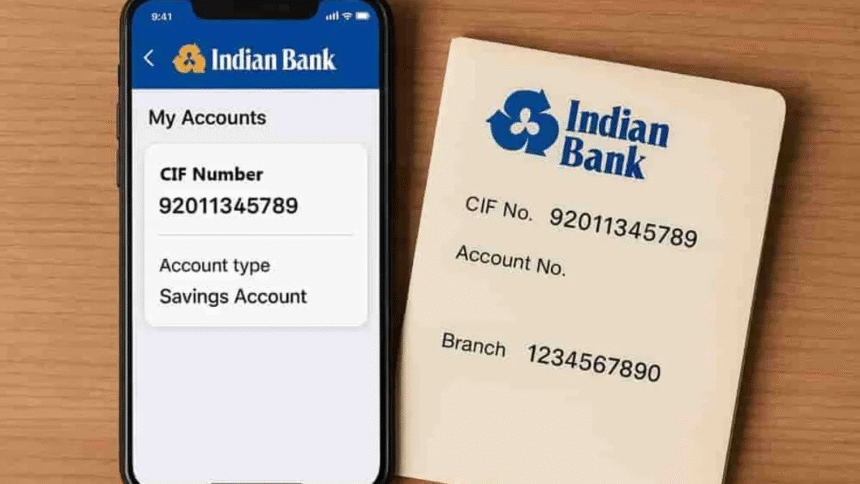Banking and finance are filled with acronyms and technical terms that can often confuse customers. One such term that frequently comes up, especially in digital banking, is CIF. So, what exactly does CIF mean in banking, and why is it important for you as a customer? This guide explains the role of CIF, how it works, and why it matters for managing your finances efficiently.
What Does CIF Stand For in Banking?
CIF stands for Customer Information File or Customer Identification File. It is a unique digital identifier that banks assign to each customer to manage their banking relationship. Essentially, it acts as a central repository that stores all essential information about a customer, including personal details, accounts, loans, and transaction histories.
Banks use CIF numbers—typically 11-digit alphanumeric codes—to link all accounts, loans, and other financial products a customer holds. This centralized approach allows banks to serve their customers efficiently and securely.
The Role of CIF in Banking Operations
At its core, CIF is the foundation of a bank’s customer management system. Here’s why it’s so important:
-
Unique Identification: Every customer receives a unique CIF number, ensuring they are easily distinguishable from others, even if names are similar.
-
Centralized Customer Data: All personal and financial information—KYC documents, account details, transactions, loans, and investments—is stored in one place.
-
Operational Efficiency: Bank staff can access customer information seamlessly across branches and digital platforms like online and mobile banking.
-
Security and Fraud Prevention: Monitoring transaction patterns through CIF helps detect and prevent fraudulent activity.
-
Personalized Services: Banks can use CIF data to offer customized financial products based on a customer’s profile.
How Does a CIF Number Benefit Customers?
While CIF may sound technical, it is designed to enhance the customer experience and protect your financial data. Some key benefits include:
-
Faster Service: Representatives can quickly access your complete banking history, reducing waiting times.
-
Simplified Account Management: Multiple accounts and financial products are linked under one digital identity.
-
Enhanced Security: Aggregated data allows banks to monitor accounts for suspicious activity.
-
Improved Loan and Credit Processing: Banks can assess your creditworthiness and process loans more accurately using your CIF-linked profile.
What Information Does CIF Contain?
A Customer Information File typically stores:
-
Customer’s full name, date of birth, and contact information
-
Permanent address and KYC documents
-
Details of accounts held (savings, current, fixed deposits)
-
Loan details, credit cards, and outstanding balances
-
Transaction history across accounts and services
-
Biometric information and signatures (if collected)
CIF in Popular Banks Like SBI
In banks like the State Bank of India (SBI), each customer is given a CIF number as a unique identifier. This number appears on passbooks, cheque books, and is accessible through net banking and mobile apps. SBI uses this number to consolidate all customer data, improving efficiency and security across its services.
Security Considerations with CIF
Since CIF files contain sensitive personal and financial information, protecting your CIF number is crucial. Banks implement strong cybersecurity measures, such as encryption and access controls, to safeguard CIF data. Customers should never share their CIF number casually and only provide it to verified bank officials when necessary.
Conclusion
In banking, CIF stands for Customer Information File, a unique identifier that centralizes a customer’s financial and personal data into a secure digital profile. Understanding CIF helps you appreciate how banks manage your information efficiently while offering better service and protection.
For more in-depth information on Customer Information Files and their significance in banking, platforms like Investopedia provide detailed resources.









